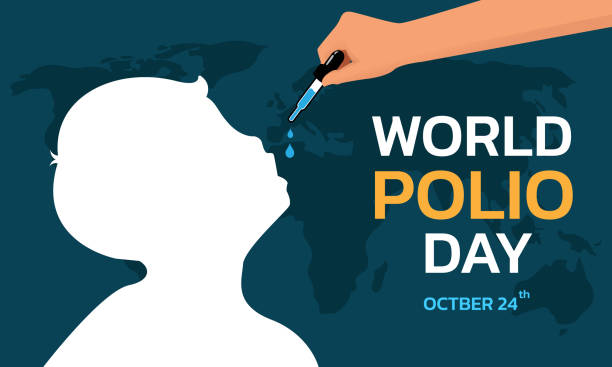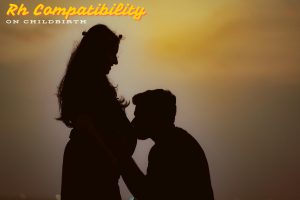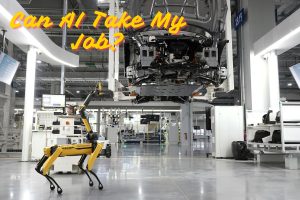
Polio and Its Vaccine
The polio vaccine is an essential component of Kenya’s public health strategy, aimed at preventing the debilitating effects of poliomyelitis.
As a country that has faced the threat of polio outbreaks in the past, it is crucial to understand how the vaccine works, when it is administered, and the importance of widespread immunization.
This blog will provide an overview of the polio vaccination schedule in Kenya, discuss recent fatality rates, examine the reasons for vaccine hesitancy, and outline steps to raise awareness about immunization against polio.
When Is the Polio Vaccine Administered to Children in Kenya?
In Kenya, the vaccination schedule includes the administration of the polio vaccine at specific intervals. According to the Kenya immunization schedule, the polio vaccine is administered as follows:
- At Birth: The first dose of the oral polio vaccine (OPV) is given at birth to provide immediate protection against poliovirus.
- At 6, 10, and 14 Weeks: Subsequent doses of the polio vaccine are provided during routine immunization visits at 6 weeks, 10 weeks, and 14 weeks of age. This ensures that children receive complete immunization against polio.
- Booster Doses: Additional booster doses are recommended during vaccination campaigns to maintain immunity in the population, especially in regions identified as high-risk for polio outbreaks.
Signs and Symptoms of Polio
Poliomyelitis can manifest in various forms, and recognizing its signs and symptoms is crucial for early intervention. Initial symptoms often resemble those of the flu and can include fever, fatigue, headache, vomiting, stiffness in the neck, and pain in the limbs.
In some cases, the infection can progress to a more severe form, leading to muscle weakness or paralysis, particularly in the legs. This paralysis may occur suddenly and can result in permanent disability or even death. Early identification and prompt medical attention are essential, especially in children, to prevent severe complications associated with this debilitating disease.
Fatality Rates in Relation to Polio in Kenya (2020-2024)
In recent years, Kenya has made significant progress in reducing the incidence of poliomyelitis. However, it is essential to be aware of the potential dangers that still exist. Here’s a brief overview of fatality rates associated with polio in the past four years:
- 2020: Kenya reported no confirmed cases of polio, demonstrating the success of vaccination efforts.
- 2021: Despite the absence of cases, the risk remained due to the global nature of polio transmission. Surveillance indicated a persistent threat, especially from neighboring countries.
- 2022: There were two reported cases of vaccine-derived poliovirus, which led to targeted immunization campaigns to curb any potential outbreaks.
- 2023-2024: There have been no fatalities directly linked to polio in these years, thanks largely to ongoing vaccination efforts and community awareness.
While the direct fatality rates from polio have been low in recent years, the consequences of the disease—such as paralysis and lifelong disability—remain a serious concern. Hence, the importance of the polio vaccine cannot be overstated.

Importance of the Polio Vaccine
The polio vaccine is crucial for several reasons:
- Prevention of Disease: The primary goal of the vaccine is to prevent poliomyelitis, which can lead to paralysis or death. Vaccination creates herd immunity, which protects those who cannot be vaccinated.
- Public Health Success: Vaccination campaigns have successfully reduced polio cases globally. Kenya aims to eradicate polio entirely, making the vaccine a vital tool in achieving this goal.
- Economic Benefits: Preventing polio through vaccination reduces the economic burden on families and the healthcare system, which can be extensive due to the costs associated with treating polio-related complications.
- Global Health Security: Polio eradication efforts contribute to global health security, ensuring that the disease does not re-emerge in populations that have been free from it for years.
Reasons for Vaccine Hesitancy In Myths and Misconceptions
Despite the clear benefits of the polio vaccine, some individuals still avoid immunization. In 2024, common myths and misconceptions include:
- Myth: The Vaccine Causes Polio: Some people mistakenly believe that the oral polio vaccine (OPV) can cause poliomyelitis. In reality, the vaccine is designed to prevent the disease, and vaccine-derived poliovirus cases are extremely rare.
- Myth: Polio Is No Longer a Threat: Many assume that since polio is not frequently reported, it is no longer a concern. This misconception undermines the need for continued vaccination, especially in areas at risk for outbreaks.
- Myth: Natural Immunity Is Better: Some individuals believe that natural immunity gained from infection is superior to vaccine-induced immunity. However, the risks associated with contracting polio far outweigh the benefits of natural immunity.
- Distrust in Healthcare Systems: In some communities, a general mistrust of healthcare systems and vaccination campaigns has led to skepticism about the safety and efficacy of vaccines.
Steps to Create Awareness on Immunization Against Polio in Kenya
Raising awareness about the importance of the polio vaccine is vital in combating misinformation and increasing vaccination rates. Here are several steps that can be taken:
- Community Education Programs: Implement educational campaigns in schools, health facilities, and community centers to inform families about the benefits of vaccination and debunk common myths.
- Engage Local Leaders: Involve local leaders and influencers to promote vaccination within their communities. Their endorsement can significantly influence public perception and encourage participation in vaccination programs.
- Utilize Social Media: Leverage social media platforms to share accurate information and personal testimonials about the importance of the polio vaccine. Creative content can engage younger audiences effectively.
- Organize Vaccination Drives: Conduct regular vaccination campaigns in collaboration with health authorities to provide easy access to the polio vaccine. Mobile vaccination units can help reach remote areas.
- Partner with NGOs: Collaborate with non-governmental organizations that specialize in health awareness and vaccination campaigns to expand outreach efforts.
Read Also: HIV Vaccine Progress
Conclusion
In conclusion, the polio vaccine is not just a personal choice; it is a public health necessity. The consequences of avoiding vaccination can be dire, not only for individuals but also for entire communities. Polio is a preventable disease, hence refusing the vaccine risks your own health and also that of those around you.
The dangers of poliomyelitis, including paralysis and potential fatalities, underscore the urgency of vaccination. Let us not forget that, as a community, we must stand together to protect our children and future generations. Ignoring the polio vaccine is a gamble that could lead to tragic outcomes.






